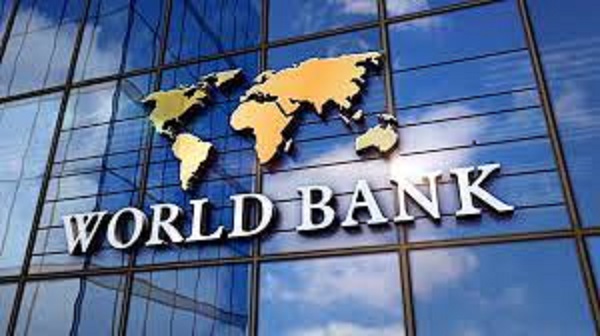
The World Bank reports that the inflation of food prices worldwide is still high
According to the World Bank’s most recent Food Security Update report, which was published on Tuesday, high rates of inflation were noted in low-, middle-, and high-income countries based on the data available on food prices.

It stated that 63.2% of low-income nations had inflation rates greater than 5%, a 1.3% increase from the last food update on January 17, 2023. According to the report, there was no percentage change from the previous update in 73.9% of lower-middle-income nations and 48% of upper-middle-income countries where the inflation rate was more than 5%.
The bank reports that food inflation is above 5% in 44.4% of high-income countries, which is 1.9% points lower than in the previous food report.
According to the survey, in 71 out of the 165 nations where data was available, the inflation of food prices exceeded the increase of overall prices in real terms.
“The recent attacks by Houthi rebels on ships in the Red Sea have triggered a 40% decrease in trade volumes in the Suez Canal, which is decreasing global food security,” stated the International Food Policy Research Institute (IFPRI).
It stated that, among other issues, the World Bank’s Global Economic Prospects 2024 report emphasized the serious problem of food insecurity.
“Food prices, a major component of the agricultural price index, fell by 9% in 2023 due to the plentiful supply of main commodities, with the exception of rice, which saw a 27% fall in price.
“Food prices are anticipated to decrease even more in 2024 and 2025, but they may be impacted by potential risks like rising energy costs, unfavorable weather, trade restrictions, and geopolitical unpredictability.”
According to the research, a World Bank Agriculture and Food Global Practice blog article addressed the pressing need for circular food systems in order to solve environmental issues.
“Reduce-reuse-recycle-remove methods, or circular food systems, are suggested as a means of creating low-emission, sustainable, and profitable food systems.”






